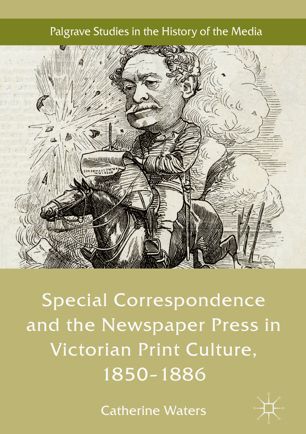

Most ebook files are in PDF format, so you can easily read them using various software such as Foxit Reader or directly on the Google Chrome browser.
Some ebook files are released by publishers in other formats such as .awz, .mobi, .epub, .fb2, etc. You may need to install specific software to read these formats on mobile/PC, such as Calibre.
Please read the tutorial at this link: https://ebookbell.com/faq
We offer FREE conversion to the popular formats you request; however, this may take some time. Therefore, right after payment, please email us, and we will try to provide the service as quickly as possible.
For some exceptional file formats or broken links (if any), please refrain from opening any disputes. Instead, email us first, and we will try to assist within a maximum of 6 hours.
EbookBell Team

5.0
98 reviewsThis book analyses the significance of the special correspondent as a new journalistic role in Victorian print culture, within the context of developments in the periodical press, throughout the second half of the nineteenth century. Examining the graphic reportage produced by the first generation of these pioneering journalists, through a series of thematic case studies, it considers individual correspondents and their stories, and the ways in which they contributed to, and were shaped by, the broader media landscape. While commonly associated with the reportage of war, special correspondents were in fact tasked with routinely chronicling all manner of topical events at home and abroad. What distinguished the work of these journalists was their effort to ‘picture’ the news, to transport readers imaginatively to the events described. While criticised by some for its sensationalism, special correspondence brought the world closer, shrinking space and time, and helping to create our modern news culture.